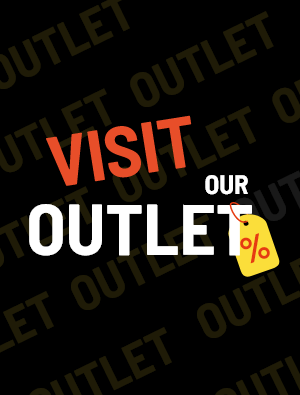-
-
-
-
-
-
-
- Jackets and Vests
- Sweaters
- Shirts
- T-shirt and Pique shirts
- Work trousers
- Shorts and pirate pants
- Hi-Vis Clothing
- Hi-vis rainwear
- Rainwear
- Undergarments
- Underwear and socks
- Skirts and Kilts
- Overalls
- Hats and Caps
- Aprons
- Belts and Braces
- Knee pads and support protection
- Tool Belts and Material Pouches
- Disposable and Chemical Protection
- Protective Clothing, aluminised
- Miscellaneous
- Show fewer
- Show more
-
-
-
-
-
-
test
Marketed by Skydda, Northern Europe's leading
concept in personal protective equipment.



Mobile Menu
- Products
-
-
-
-
-
-
-
-
- Jackets and Vests
- Sweaters
- Shirts
- T-shirt and Pique shirts
- Work trousers
- Shorts and pirate pants
- Hi-Vis Clothing
- Hi-vis rainwear
- Rainwear
- Undergarments
- Underwear and socks
- Skirts and Kilts
- Overalls
- Hats and Caps
- Aprons
- Belts and Braces
- Knee pads and support protection
- Tool Belts and Material Pouches
- Disposable and Chemical Protection
- Protective Clothing, aluminised
- Miscellaneous
- Show fewer
- Show more
-
-
-
-
-
-
-
- Brands
- Knowledge center
-
-
- Newsroom
- Hidden
- Outlet
- Hidden
- Product news
- Hidden
- Hidden
- Customer service
- Log in
- Change language to danish
- Home
- Knowledge center
- Gloves
- Important to know about gloves
Important to know about gloves
Our hands are our most important tools and are exposed to many different risks in different work environments. It is therefore important to choose the right type of gloves to minimize the risk of accidents. The gloves should be correctly labeled and documented to meet the required standards. They should not contain any harmful substances that can cause allergic reactions. Choosing gloves can be difficult because there are so many different types and models to choose from. It is important to remember that all hands are different, and you must try out the gloves to ensure they fit you properly. The seams should be in the right place, they should be flexible, comfortable, and durable. Once you know which model that meets your needs, the next step is to choose the right size glove. A well-fitting glove reduces the risk of injury and chafing and helps you perform better.
Choose the right type of work glove
Choosing the right type of glove for the work to be performed is crucial. Based on a careful risk analysis, you will gain knowledge of what is required for your work to be as safe as possible. You may need a glove with better grip or a model that protects against heat or cutting.
Choose the right fit for the work glove
Choosing the right size and fit of the gloves is very important to avoid accidents. Wearing gloves that are too big can increase the risk of getting caught in moving machine parts or make it more difficult to handle objects.
Replace gloves regularly
If you handle chemicals and various substances that can penetrate gloves, it is very important to change them often. Gloves cannot be completely cleaned of chemicals, and the breakdown of the material begins with the first contact with the chemical. Worn and torn gloves should always be thrown away to avoid unnecessary risks.
Check the labeling in the gloves
Protective gloves are marked with so-called pictograms (standards) to show what they protect against. Gloves that protect against multiple risks are therefore marked with multiple pictograms, one for each risk. Learn more about standards for gloves.
Our responsibility
- Our responsibility
- Certifications
- Privacy policy
-
We are members of:

Customer service
Skydda International
- Phone: +46(0)321-67 75 20
-
E-mail: support@skydda.com
- Welcome to contact us!
A selection of our brands
- 3M
- Adapt
- Akla
- Albatros
- Ansell
- Arbesko
- Cederroth
- Clean Air
- Clean Space
- Cresto
- Deb
- Dunlop
- ERIS
- Ear
- Euromaski
- Fortes
- Guide
- Heat Armour
- Heckel
- Honeywell
- Iris
- JedX
- Kask
- L.Brador
- MCS
- Moldex
- Peltor
- ProShield
- Reebok
- Scott
- Semperguard
- Speedglas
- Sulman
- Sundström
- Suprabeam
- TORQ
- Texstar
- Tychem
- Tyvek
- Uvex
- Volcom
- Zekler
Skydda Europe in Bergman & Beving koncern.




